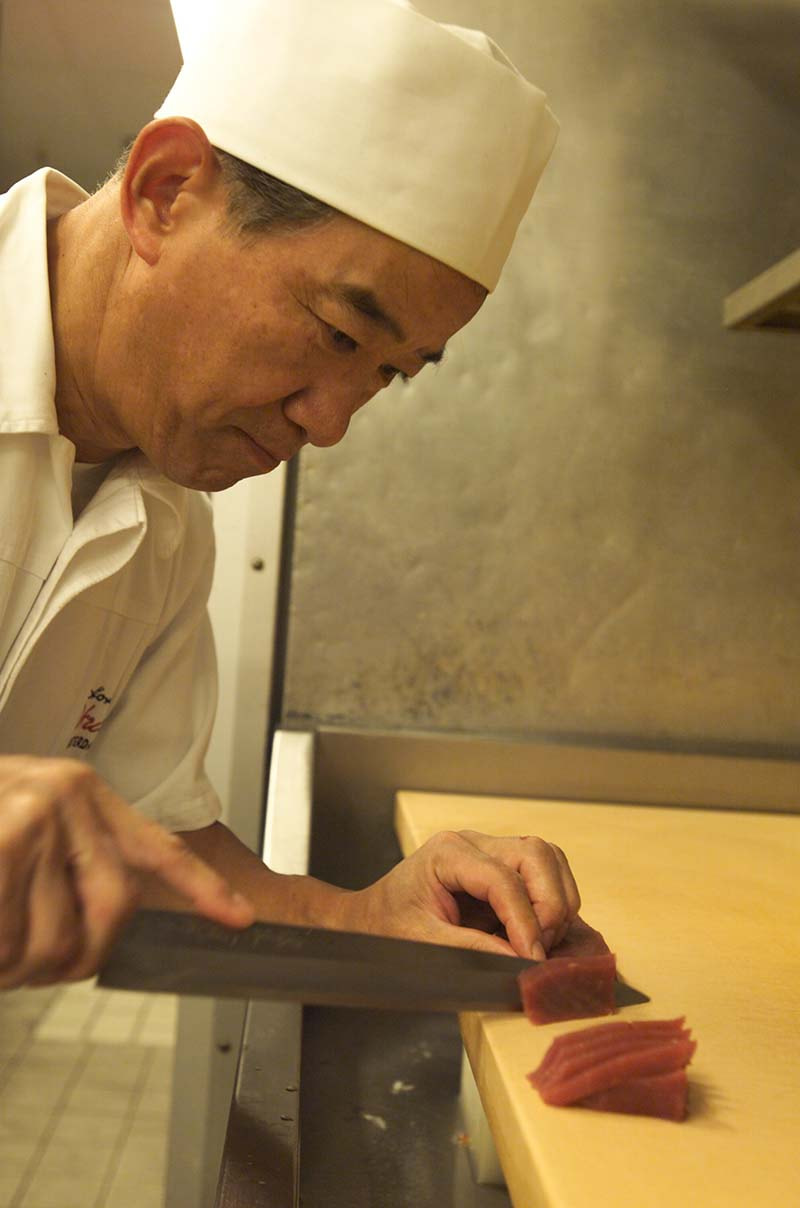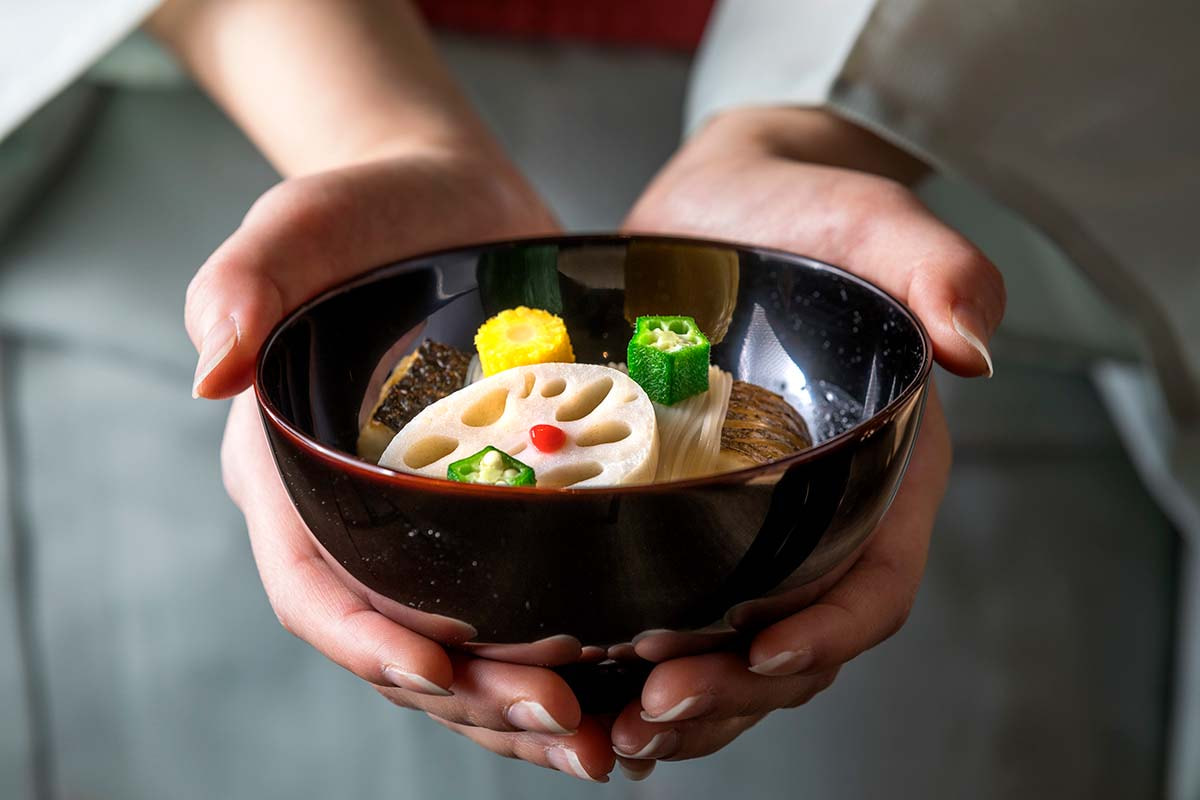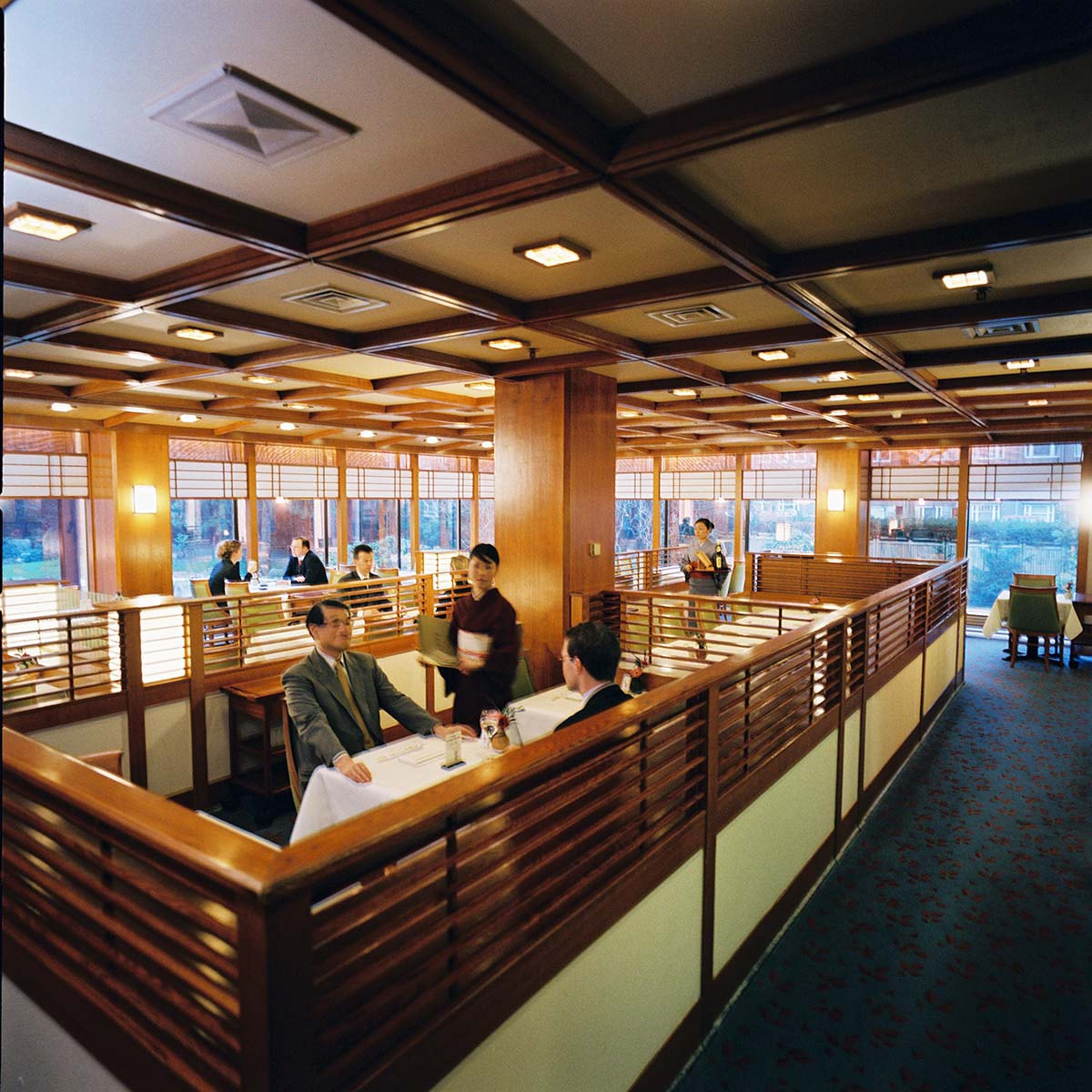Yamazato’s culinary traditionsThe art of Craftsmanship
The Art of Craftsmanship is about passion for authenticity and craftsmanship. About how dedication and upholding age-old traditions can result in the most prestigious accolades. And, as you will read in this story, about the first Japanese Michelin-starred restaurant outside Japan.
In the 1970s, the Dutch culinary landscape was still rather one-dimensional. The kaiseki cuisine served in Yamazato restaurant – the traditional restaurant at Hotel Okura Amsterdam – was not an instant hit among all guests. But a lot can change in half a century... Yamazato was the first Japanese restaurant outside Japan to receive a Michelin star, and now boasts a large and loyal fan base.
A traditional kaiseki dinner at Yamazato is a truly memorable experience. Guests enjoy the authentic dishes in a set order that is designed to create the perfect balance – balance between the dishes themselves, but also between flavours, textures, presentation, and colours. Kaiseki cuisine follows five seasons – winter, spring, early summer, summer, and autumn – which inspire not only the dishes, in which fresh and pure ingredients always take pride of place, but also the tableware and even the kimonos worn by the waiters. Yamazato offers so much more than just a meal. It embodies the Art of Craftsmanship, the pursuit of perfection and authenticity by the kitchen and waiting staff. It is a true art form.





.jpg)